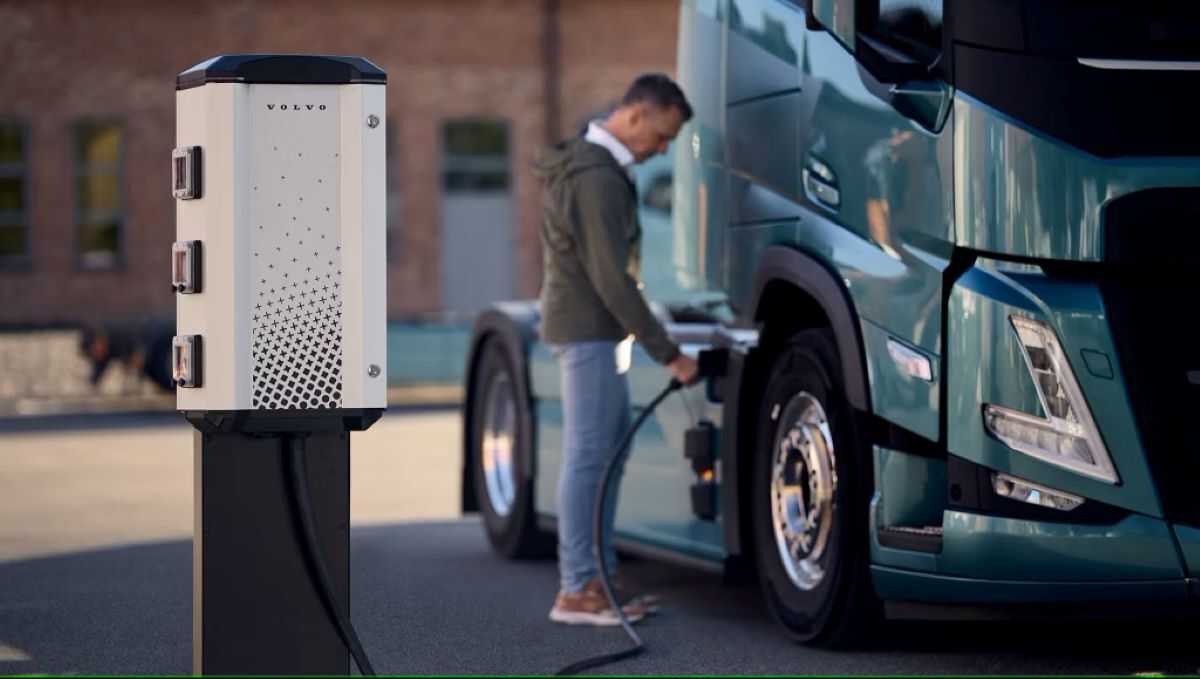Europe’s Zero-Emission Vehicles Are Gaining Ground
The European automotive industry is making bold strides in the race toward zero-emission road transport, particularly with trucks and buses. The latest updates reveal a growing lineup of zero-emission vehicles on Europe’s streets, signaling a real commitment to a cleaner, quieter future for freight and passenger transport alike.
Explosion of Zero-Emission Truck Models
In recent years, at least 45 different zero-emission truck models have entered the market, covering a wide range of applications from nimble urban delivery vans to heavy-duty trucks designed for long-distance freight hauling. Notably, four new truck models have begun mass production just since last year, demonstrating manufacturers’ increasing confidence in electric and alternative-fuel technologies.
| Τύπος οχήματος | Number of Zero-Emission Models | New Production Models Since Last Year | Key Use Cases |
|---|---|---|---|
| Trucks | 45+ | 4 | Urban, regional delivery, long haul |
| Buses | 20+ | 3 | City, regional, interurban, long-distance |
Rising Fleet of Zero-Emission Buses
Similarly, the bus sector is catching up, with at least 20 zero-emission bus models currently available. Three new models have recently started serial production, broadening the options for clean public and regional transport. These buses offer cities and regions around Europe solutions that are not just environmentally friendly, but substantially quieter—an added bonus for urban centers.
The Roadblocks to Faster Adoption
Despite the impressive expansion in vehicle availability, the uptake of zero-emission trucks and buses is still not moving at full throttle. The gap between production readiness and market penetration comes down to a few critical infrastructure and policy challenges.
- Charging and refueling infrastructure: A patchy network of charging stations for electric trucks and buses limits where and how these vehicles can be deployed effectively, especially for long-haul operations.
- Policy support and cost parity: Without sufficient incentives or regulations that level the playing field compared to fossil fuel-powered vehicles, fleet owners tend to hesitate when upgrading their vehicles.
- Fleet renewal investments: Operators face high upfront costs for zero-emission vehicles, requiring financial backing and confidence in the total cost of ownership benefits.
Linking Zero-Emission Progress to Logistics
From a logistics lens, the rise of zero-emission trucks and buses is more than just an environmental win; it represents a major shift in how freight and passenger transport will be operated across Europe and beyond. With urban delivery accounting for a significant share of freight trips, electric trucks promise not only lower emissions but also reduced noise pollution and, potentially, lower operational costs.
However, the logistical challenges posed by infrastructure gaps and vehicle range limitations can’t be ignored. This situation calls for a coordinated effort among vehicle manufacturers, fleet operators, infrastructure developers, and policymakers to ensure that transition to zero-emission logistics is smooth and economically viable.
What the Future Holds for Freight and Public Transport
Going forward, the densification of charging networks and advances in battery and fuel cell technology will be critical. As these evolve, zero-emission trucks and buses will likely become a dominant choice not just in city centers but on highways connecting Europe’s trade hubs. This shift aligns perfectly with the growing emphasis on sustainable supply chains and corporate responsibility in logistics.
Key Takeaways and Real-World Insight
The market for zero-emission trucks and buses in Europe is buzzing with innovation, backed by an increasing number of models suited for diverse transport needs. While manufacturers are charging ahead with serial production, the pace at which these cleaner vehicles hit the roads depends heavily on building infrastructure and crafting supportive policies.
Despite what glowing reviews and extensive feedback might say, nothing beats the clarity of hands-on experience. Platforms like GetTransport.com empower users to tap into global freight and cargo transport options at competitive prices, enabling informed decisions without the headache of hidden costs or poor service. The convenience, affordability, and variety offered make it an ideal partner in navigating the complex logistics of new vehicle adoption and freight movement.
Κάντε κράτηση για τη βόλτα σας στο GetTransport.com for seamless cargo transportation options worldwide.
Looking Ahead: What This Means for Global Logistics
While the rollout of zero-emission trucks and buses is primarily a European story thus far, its ripple effects in global logistics might not be dramatic overnight. However, these developments underscore a clear trend toward cleaner, smarter transportation solutions worldwide. For logistics companies and freight handlers, staying in step with such changes is crucial to enhancing efficiency and sustainability.
GetTransport.com recognizes these dynamics, continuously adapting its offerings to support diverse transport needs with cost-effective, reliable solutions that integrate well with the zero-emission trend. Ξεκινήστε να σχεδιάζετε την επόμενη παράδοσή σας και εξασφαλίστε το φορτίο σας με την GetTransport.com.
Conclusion: Embracing the Clean Transport Shift
European manufacturers are actively expanding the availability of zero-emission trucks and buses, signaling a determined industry push toward decarbonizing road transport. Yet, the journey is far from over, with infrastructure and policy support needing urgent attention to accelerate real market adoption.
For logistics operations, this transition highlights both opportunities and challenges—but more importantly, a chance to shape the future of freight and passenger transport. With platforms like GetTransport.com offering transparent, global freight, cargo, and moving services, shippers have the tools to stay ahead in a changing landscape, embracing reliable, sustainable delivery options without breaking the bank.

 How European Truck and Bus Makers Propel the Zero-Emission Revolution">
How European Truck and Bus Makers Propel the Zero-Emission Revolution">